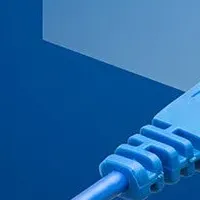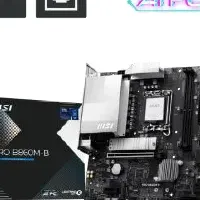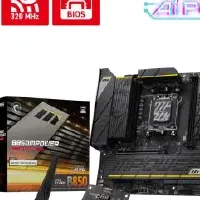
Huawei Launches AI Data Center Solution to Revolutionize Computing Industry in Dubai Summit
Huawei's Game-Changing AI Data Center Solution
On May 13, 2025, the bustling city of Dubai became the epicenter for conversations around the future of technology as it hosted the Global Data Center Facility Summit 2025. This significant event, themed “Powering the Digital Era Forward,” attracted over 500 industry leaders and technical experts, all eager to share insights and explore the transformative potential of artificial intelligence (AI) in data centers. Among the notable highlights was Huawei's unveiling of its pioneering AI Data Center Solution, set to propel the industry into a new era of intelligent computing.
Charles Yang, Senior Vice President of Huawei and President of Global Marketing, Sales, and Services at Huawei Digital Power, delivered an opening speech emphasizing the arrival of a golden age for computing infrastructure. He noted that AI models have multigenerational benefits across various industries, predicting that global capacity for AI-powered data centers will exceed 100 gigawatts (GW) by 2028, translating to a staggering $600 billion market solely within the energy infrastructure sector.
Yang pointed out that as the demand for AI applications flourishes, three primary challenges have emerged for the development of AI data centers: increased reliability, faster deployment, and rising energy demands. To address these challenges, Huawei identified three vital development trends for AI data centers:
1. Architectural Innovation for Enhanced Reliability: Reliability stands as the top priority. Utilizing an isolated architecture, Huawei's power supply system significantly boosts the overall reliability of AI data centers.
2. Accelerating Construction via Modular Architecture: Huawei's outdoor PowerPOD employs an entirely decoupled architecture which provides a container-based power supply system, markedly reducing response times during setup.
3. Improving Energy Efficiency through Green Solutions: By integrating renewable energy sources and optimizing energy efficiency through AI, Huawei envisions a future for data centers that is not only high-performing but also environmentally sustainable.
During the summit, Bob He, Vice President of Huawei Digital Power and Head of Critical Power Product Line, addressed the challenges faced in creating intelligent computing facilities. In his talk titled “Building a Solid Foundation for the Era of Intelligent Computing,” he outlined the urgent need for delivery speed, flexible implementation, and lower total cost of ownership (TCO). In response, Huawei has introduced the basic principles for building AI data centers, encapsulated in the acronym RASTM - Reliability, Agility, Sustainability, and Technology Management.
Key Principles of RASTM
- - Reliability: Ensuring consistent reliability throughout the lifecycle of AI data centers is paramount. This encompasses comprehensive management of products, architecture, intelligent management, and professional services. Huawei’s SmartLi system features an end-to-end security defense line across multiple levels, utilizing isolated architectures to mitigate the impact of accidents on services.
- - Agility: AI data centers must maintain flexibility across components and systems to swiftly adapt to the uncertain nature of AI services. Huawei's outdoor PowerPOD is designed for rapid deployment and gradual capacity expansion, featuring deeply integrated subsystems that provide the necessary flexibility.
- - Sustainability: With energy supply efficiency as a priority, optimizing parallel system efficiency over module efficiency is essential. Huawei’s UPS5000-H modular system achieves an impressive 97.5% efficiency for standalone units and 97.3% for parallel systems, with up to 99.1% efficiency in the S-ECO mode.
The forum also witnessed a collaborative effort among Huawei, the International Telecommunication Union (ITU), and major stakeholders like Alibaba Cloud and China Telecom, which culminated in the publication of a White Paper on Lithium-Ion Battery Application Safety in Data Centers. This document highlights seven key dimensions intended to elevate the safety standards of lithium-ion applications, aiming for high reliability and quality in the data center industry.
Through unwavering innovation, Huawei Digital Power is committed to breaking technological boundaries while delivering best-in-class products and solutions. Their initiatives aim to enhance the overall industry landscape, establishing a robust foundation for the intelligent world ahead and fostering progress in the digital era.
Conclusion: As Huawei pushes forward with its AI Data Center Solution, the company not only aims to lead in technological advancements but also to transform the landscape of data centers, setting a pathway towards an era marked by smart and efficient computing solutions.
Topics Consumer Technology)










【About Using Articles】
You can freely use the title and article content by linking to the page where the article is posted.
※ Images cannot be used.
【About Links】
Links are free to use.